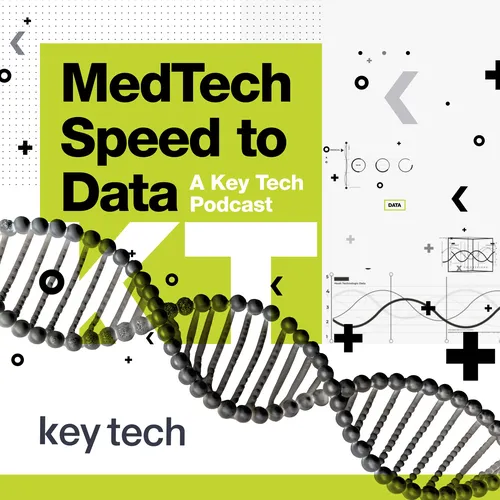Ep1 - Framework for Evaluating Assays for Automation
- Author
- Key Tech
- Published
- Mon 07 Mar 2022
- Episode Link
- https://www.keytechinc.com/blog/a-framework-for-evaluating-assays-for-automation/
Understanding Risks, Tradeoffs, and Prioritization in Your Next Automated Assay Development Program:
1. Product Strategy
Working backwards from the commercial goal, the purpose is to understand key drivers of product architecture and identify technical risk. Driving decision-making throughout development: intended price target and use case.
2. Ease of Use
Identify which areas of the eventual product are most valuable to automate, and which are better left as manual user steps. Understand the risks and tradeoffs between the complexity of automation and the likelihood of human error.
3. Sensitivity Analysis
Break down assay steps and establish clear technical requirements for each step, as well as their interdependencies. Allow the engineering team to know what variables need further study to accurately assess technical risk.
4. Consumable/Durable Interface
Focus on device functionality and where features will reside in the system: what belongs on the cartridge and what belongs on the instrument to achieve performance and system requirements?
5. Reagent Handling
Consider how reagents will be introduced to the assay: through durable containers at large runs or on the consumable in small doses. Reagent handling dictates high-level architecture decisions, best addressed early for optimal product architecture.
6. Fluidic Control
Precise liquid handling is a core challenge in assay automation. Identify how liquids, and typically air, will be controlled in a reliable, repeatable way, consider automation solutions for fluidics control, and address contamination sensitivity.
7. Temperature Management
Develop methods for measuring and controlling temperature by understanding the effects on the instrument, cartridge, and assay performance.
8. Algorithm Development
The data processing algorithm is often the core value proposition and differentiator being brought to market. Two factors ensure a clinically actionable test result: understanding the limits and constraints of the algorithm and recognizing the instrument requirements that the algorithm demands.
9. Tech De-Risking Methods
Identify what risks need to be mitigated and where various de-risking methods should be deployed. Methodology options include creating testbeds, modeling and simulation, and subcomponent specialist consulting.
10. Scale
The framework bookend considers the impacts of high quantities and long-term use on the instrument and cartridge reliability, cost, and performance. Understand whether the device can work in large numbers and what strategies should be employed to improve reliability and performance while containing cost.
